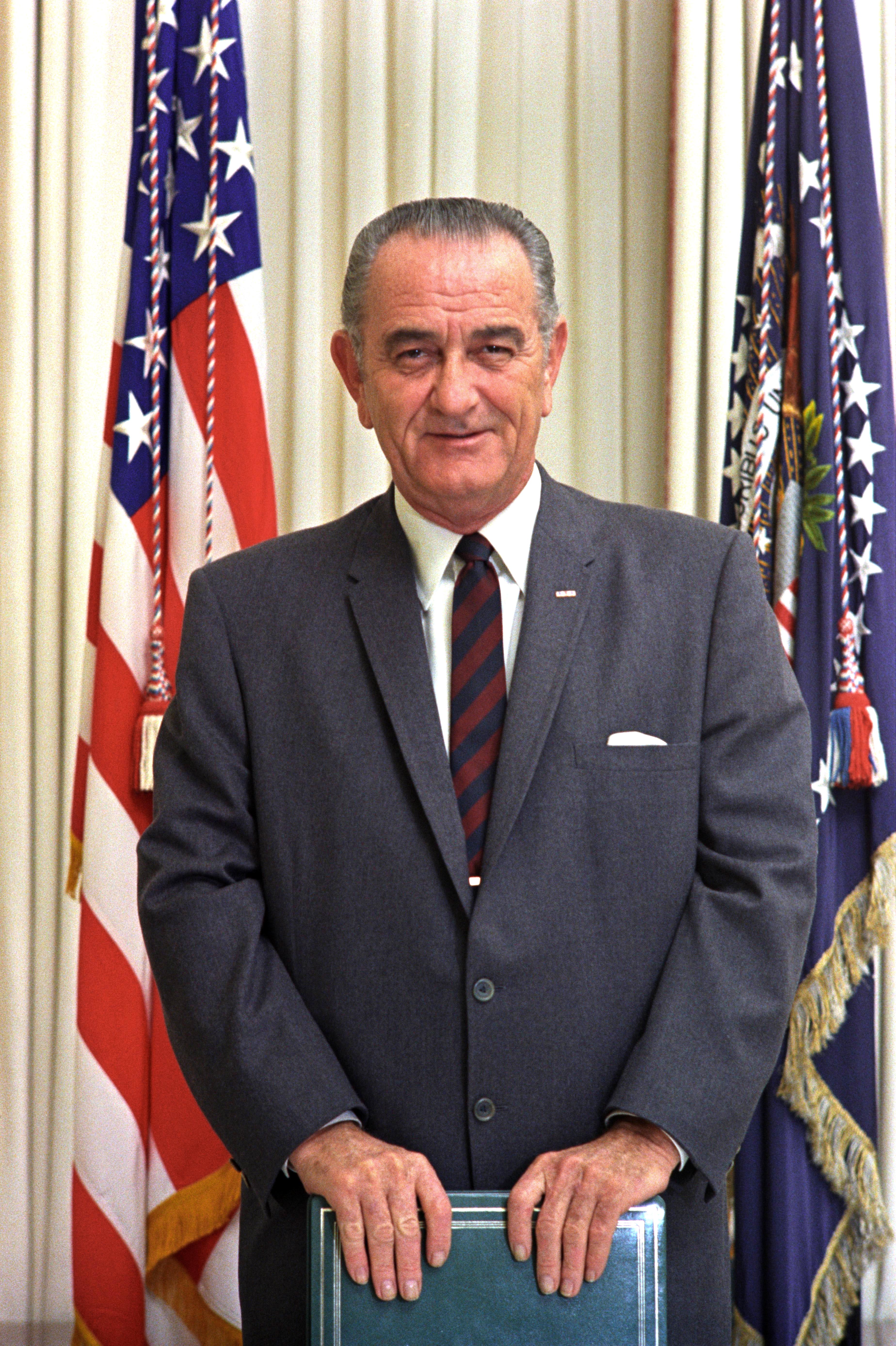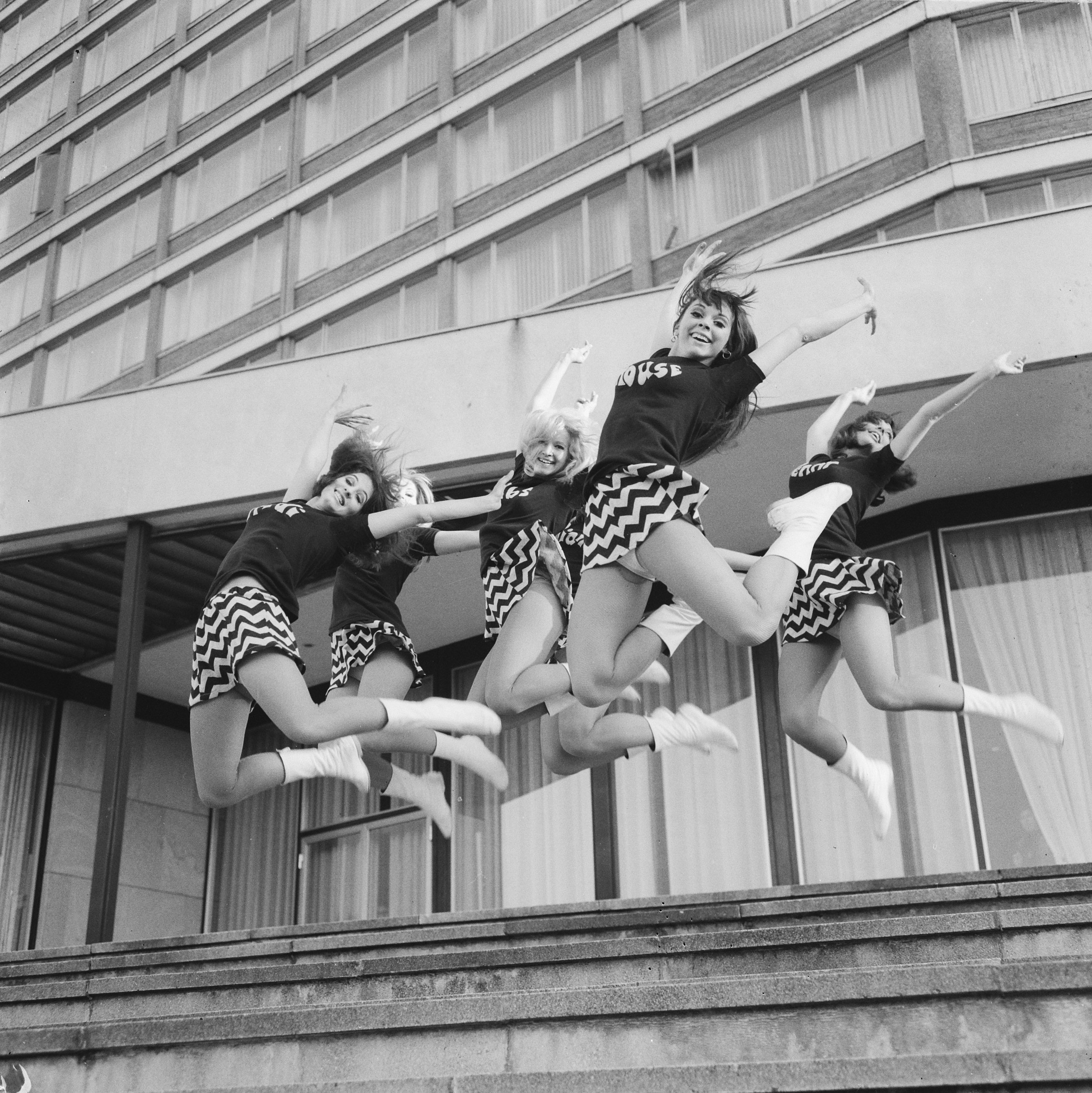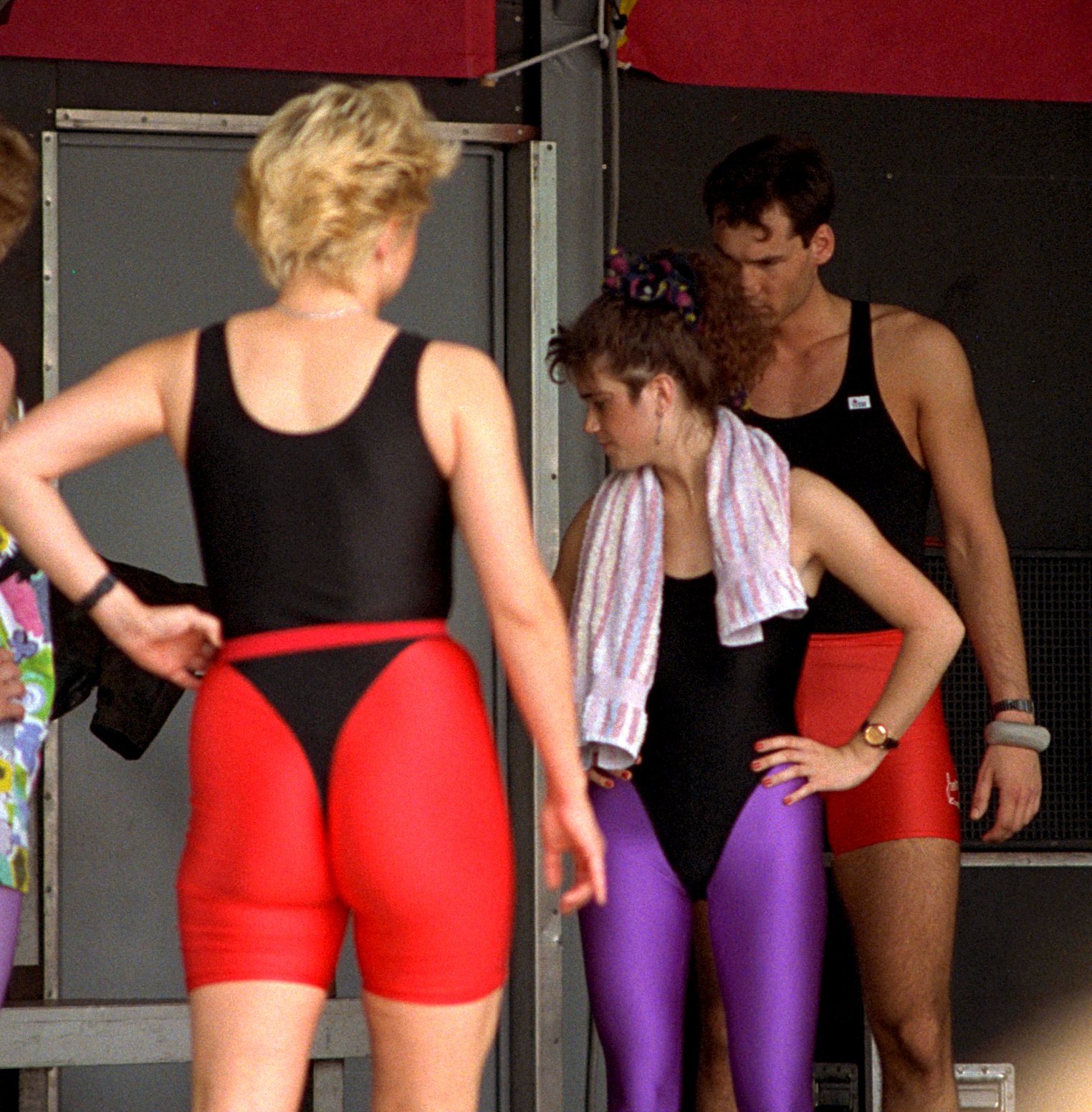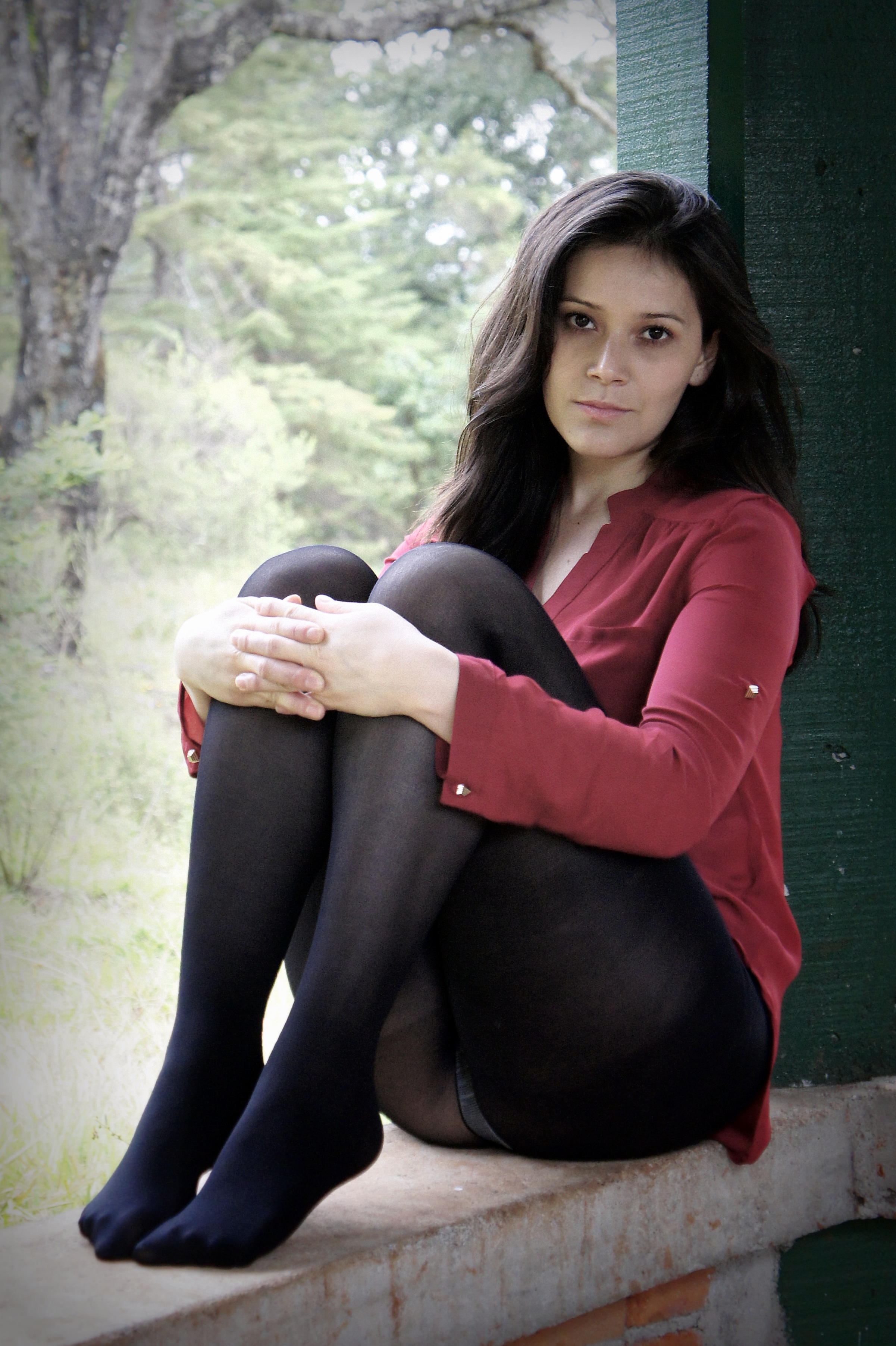|
The Dance Centre
The Dance Centre, previously at 12 Floral Street, Covent Garden, central London, England, was founded by Valerie Tomalin (née Hyman) in 1964 as a space where dance teachers could hire small studios by the hour and large ballet companies, such as The Royal Ballet and Ballet Rambert, could rent larger studios by the day or by the week. Individual artists such as Margot Fonteyn, Wayne Sleep and Rudolf Nureyev used the smaller spaces to privately fine-tune their performances. The venture was inspired by Valerie's fascination with ballet. As an art-student Valerie bought student tickets for The Royal Opera House top gallery so that she could see the great Russian dancers take command of the aging stage. Subsequently, Valerie became fascinated by modern dance and especially American jazz which was championed in those days by Matt Mattox. Other teachers who quickly found the facilities helpful include Gillian Gregory, Diana South, and Mike St.Leger Arlene Phillips, Lindsay Kemp, Moll ... [...More Info...] [...Related Items...] OR: [Wikipedia] [Google] [Baidu] |
Floral Street
Floral Street is a narrow street in the Covent Garden area of London, England. It runs east from Garrick Street to Bow Street and contains a number of fashion stores, including Paul Smith (fashion designer), Paul Smith. The Upper School of the Royal Ballet School is located at 46 Floral Street, across the street from the back of the Royal Opera House. History Originally called Hart Street, it changed to the current name in 1895 to reflect the market trade. However, the street itself was mainly used by tradesmen associated with the fruit market. Originally, the street was a cul-de-sac. Due to its narrowness, the street was never a sought-after residential address in comparison to its surroundings, though Joseph Haines lived and died there in 1701. The main point of architectural note is the concertina-shaped "Bridge of Aspiration" which connects the Royal Ballet School with the main opera house building across the street. It was designed by WilkinsonEyre to represent the fluid g ... [...More Info...] [...Related Items...] OR: [Wikipedia] [Google] [Baidu] |
Mime
A mime artist, or simply mime (from Greek language, Greek , , "imitator, actor"), is a person who uses ''mime'' (also called ''pantomime'' outside of Britain), the acting out of a story through body motions without the use of speech, as a theatrical medium or as a performance art. In earlier times, in English, such a performer would typically be referred to as a mummer. Miming is distinguished from silent comedy, in which the artist is a character in a film or skit without sound. Jacques Copeau, strongly influenced by Commedia dell'arte and Japanese Noh theatre, used masks in the training of his actors. His pupil Étienne Decroux was highly influenced by this, started exploring and developing the possibilities of mime, and developed corporeal mime into a highly sculptural form, taking it outside the realms of naturalism. Jacques Lecoq contributed significantly to the development of mime and physical theatre with his training methods. As a result of this, the practice of mime h ... [...More Info...] [...Related Items...] OR: [Wikipedia] [Google] [Baidu] |
Cultural Organisations Based In London
Culture ( ) is a concept that encompasses the social behavior, institutions, and norms found in human societies, as well as the knowledge, beliefs, arts, laws, customs, capabilities, attitudes, and habits of the individuals in these groups.Tylor, Edward. (1871). ''Primitive Culture''. Vol 1. New York: J. P. Putnam's Son Culture often originates from or is attributed to a specific region or location. Humans acquire culture through the learning processes of enculturation and socialization, which is shown by the diversity of cultures across societies. A cultural norm codifies acceptable conduct in society; it serves as a guideline for behavior, dress, language, and demeanor in a situation, which serves as a template for expectations in a social group. Accepting only a monoculture in a social group can bear risks, just as a single species can wither in the face of environmental change, for lack of functional responses to the change. Thus in military culture, valor is counted ... [...More Info...] [...Related Items...] OR: [Wikipedia] [Google] [Baidu] |
Dance Organisations In The United Kingdom
Dance is an art form, consisting of sequences of body movements with aesthetic and often symbolic value, either improvised or purposefully selected. Dance can be categorized and described by its choreography, by its repertoire of movements or by its historical period or place of origin. Dance is typically performed with musical accompaniment, and sometimes with the dancer simultaneously using a musical instrument themselves. Two common types of group dance are theatrical and participatory dance. Both types of dance may have special functions, whether social, ceremonial, competitive, erotic, martial, sacred or liturgical. Dance is not solely restricted to performance, as dance is used as a form of exercise and occasionally training for other sports and activities. Dance performances and dancing competitions are found across the world exhibiting various different styles and standards. Dance may also be participated in alone as a form of exercise or self expression. Dancing is ... [...More Info...] [...Related Items...] OR: [Wikipedia] [Google] [Baidu] |
Arts Organizations Established In 1964
The arts or creative arts are a vast range of human practices involving creative expression, storytelling, and cultural participation. The arts encompass diverse and plural modes of thought, deeds, and existence in an extensive range of media. Both a dynamic and characteristically constant feature of human life, the arts have developed into increasingly stylized and intricate forms. This is achieved through sustained and deliberate study, training, or theorizing within a particular tradition, generations, and even between civilizations. The arts are a medium through which humans cultivate distinct social, cultural, and individual identities while transmitting values, impressions, judgments, ideas, visions, spiritual meanings, patterns of life, and experiences across time and space. The arts are divided into three main branches. Examples of visual arts include architecture, ceramic art, drawing, filmmaking, painting, photography, and sculpture. Examples of literature include ... [...More Info...] [...Related Items...] OR: [Wikipedia] [Google] [Baidu] |
1964 Establishments In England
Events January * January 1 – The Federation of Rhodesia and Nyasaland is dissolved. * January 5 – In the first meeting between leaders of the Roman Catholic and Orthodox churches since the fifteenth century, Pope Paul VI and Patriarch Athenagoras I of Constantinople meet in Jerusalem. * January 6 – A British firm, the Leyland Motors, Leyland Motor Corp., announces the sale of 450 buses to the Cuban government, challenging the United States blockade of Cuba. * January 9 – ''Martyrs' Day (Panama), Martyrs' Day'': Armed clashes between United States troops and Panamanian civilians in the Panama Canal Zone precipitate a major international crisis, resulting in the deaths of 21 Panamanians and 4 U.S. soldiers. * January 11 – United States Surgeon General Luther Terry reports that smoking may be hazardous to one's health (the first such statement from the U.S. government). * January 22 – Kenneth Kaunda is inaugurated as the first Prime Minister of Northern Rhodesi ... [...More Info...] [...Related Items...] OR: [Wikipedia] [Google] [Baidu] |
Donmar Warehouse
The Donmar Warehouse is a 251-seat, not-for-profit Off-West End theatre in Covent Garden, London, England. It first opened on 18 July 1977. Sam Mendes, Michael Grandage, Josie Rourke and Michael Longhurst have all served as artistic director, a post held since March 2024 by Tim Sheader. The theatre produces new writing, contemporary reappraisals of European classics, British and American drama and small-scale musical theatre. As well as presenting at least six productions a year at its home in Covent Garden, as well transferring shows to the West End, Broadway and elsewhere. History Theatrical producer Donald Albery formed Donmar Productions around 1953, with the name derived from the first three letters of his name and the first three letters of his friend, ballerina Margot Fonteyn. In 1961, he bought the warehouse, a building that in the 1870s had been a vat room and hops warehouse for the local brewery in Covent Garden, and in the 1920s had been used as a film studio ... [...More Info...] [...Related Items...] OR: [Wikipedia] [Google] [Baidu] |
Ian Albery
Ian Bronson Albery (born 21 September 1936) is an English theatre consultant, manager, and producer. He is a former chief executive of Sadler's Wells Theatre (1994-2002), and was in charge of the Donmar Warehouse from 1961 to 1989."History" , ''Donmar Warehouse''. Retrieved 2012-10-13. He is the son of Sir , a prolific theatre manager. From 1958 to 1972, Ian Albery served as , production manager, or for more than 100 [...More Info...] [...Related Items...] OR: [Wikipedia] [Google] [Baidu] |
Pan's People
Pan's People were a British all-female dance troupe most commonly associated with the BBC TV music chart show ''Top of the Pops'', from 1968 to 1976. The group, founded and led by choreographer Felicity "Flick" Colby in December 1966, accompanied top 20 hits on the weekly show for eight years, when artists were unable or unwilling to perform live. Pan's People appeared on many other TV shows in the UK and elsewhere in Europe, and also performed in nightclub cabaret. Pan's People succeeded the Go-Jos in May/June 1968 as the second dance troupe to make monthly appearances on ''Top of the Pops'', when the series aired in black-and-white. They became a weekly feature of the programme following its revamp and time extension in January 1970 and continued for the next six years, giving their last performance in April 1976 when they were replaced by the short-lived Ruby Flipper, also choreographed by Colby. As a result of line-up changes, only one dancer, Ruth Pearson, appeared on the ... [...More Info...] [...Related Items...] OR: [Wikipedia] [Google] [Baidu] |
Leotard
A leotard () is a unisex skin-tight one-piece garment that covers the torso from the crotch to the shoulder. The garment was made famous by the French acrobatic performer Jules Léotard (1838–1870). There are sleeveless, short-sleeved, and long-sleeved leotards. A variation is the unitard, which also covers the legs. It provides a degree of modesty and style while allowing for freedom of movement. Leotards are worn by acrobats, gymnasts, dancers, figure skaters, athletes, actors, wrestlers, and circus performers both as practice garments and performance costumes. They are often worn with ballet skirts on top and tights or sometimes bike shorts as underwear. As a casual garment, a leotard can be worn with a belt and under overalls or short skirts. Leotards are entered by stepping into the legs and pulling the sleeves over the shoulders. Scoop-necked leotards have wide neck openings and are held in place by the garment's elasticity. Others are crew necked or polo necked ... [...More Info...] [...Related Items...] OR: [Wikipedia] [Google] [Baidu] |
Tights
Tights are a kind of cloth garment, most often sheathing the body from the waist to the toe tips with a tight fit, hence the name. They come in absolute opaque, opaque, sheer and fishnet styles — or a combination, such as the original concept of the American term pantyhose with sheer legs and opaque panty. A variant, toe tights, are tights with individual toes, in the same way toe socks are socks with individual toes. Terminology and related clothing When made of fine silk, this hosiery was considered to be a stocking. When nylon fibres were developed and introduced in the 1940s, these stockings were referred to as nylons. When the separate legs were woven together with a panty that covered the lower torso up to the waist in a single, integrated format, the term pantyhose was coined, since it was a one piece construction of a panty with a pair of separate hose, one for each leg. This joining together eliminated any need for garters for holding up each separate leg cover ... [...More Info...] [...Related Items...] OR: [Wikipedia] [Google] [Baidu] |
Ballet Shoes
A ballet shoe, or ballet slipper, is a lightweight shoe designed specifically for ballet dancing. It may be made from soft leather, canvas, or satin, and has flexible, thin full or split soles. Traditionally, women wear pink shoes and men wear white or black shoes. Skin-colored slippers—which are unobtrusive and thus give the appearance of dancing barefoot—are worn in modern ballets and sometimes modern dancing by both men and women. Typically, in a ballet class, male dancers wear ballet slippers throughout the class whereas female dancers wear ballet slippers at the beginning and then may change into pointe shoes. Construction Ballet shoes traditionally have a leather sole that does not reach all the way to the edges of the shoe. A modern development is the split sole, which provides greater flexibility and emphasizes the shape of the foot when pointed. They are usually made from soft leather, canvas or satin. Leather shoes are long-lasting. Canvas shoes are less expensive ... [...More Info...] [...Related Items...] OR: [Wikipedia] [Google] [Baidu] |








